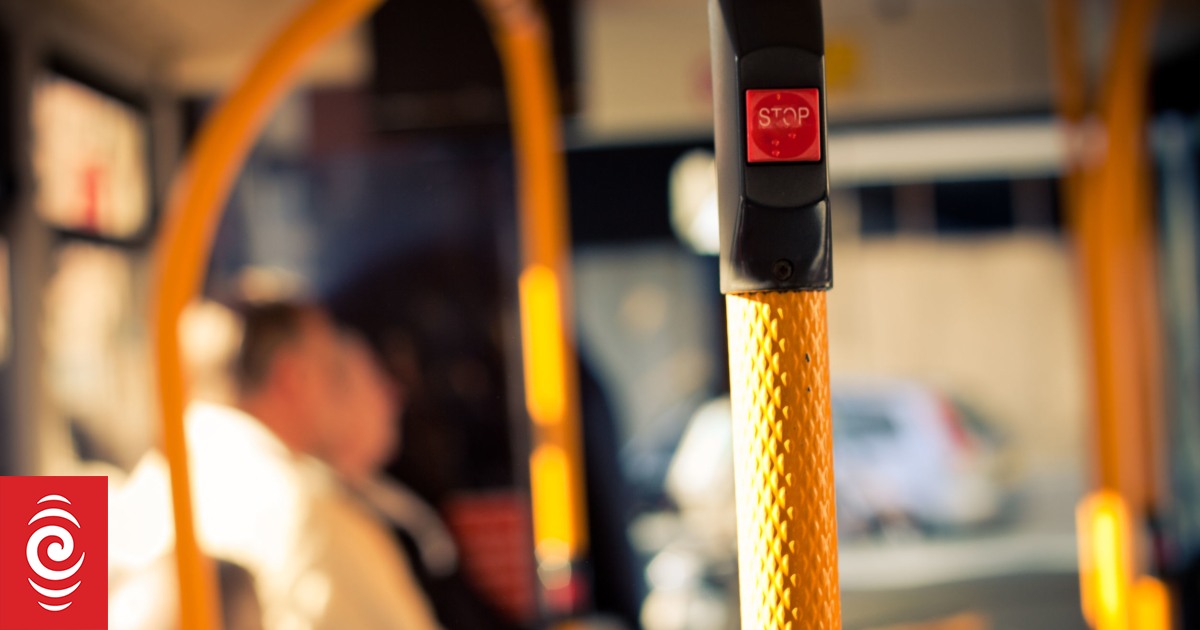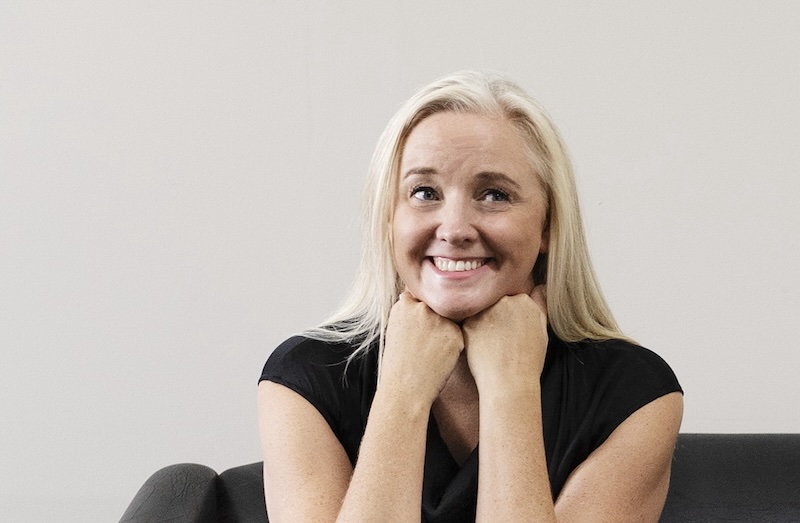People already dependent on public transport were benefiting from cheaper fares by saving money and choosing to travel more often.
Photo: 123RF
Half-price fares are not enough to encourage more people onto public transport, according to a report by Waka Kotahi.
The report, Impact of Half-Price Public Transport Fares – A Research Note, published in February 2022, showed bus patronage in Wellington and Christchurch matched 2019 rates, but largely remained below pre-Covid-19 levels even since the introduction of half price fares.
On Auckland trains, patronage had not yet rebounded to pre-Covid-19 levels in 2019, or during the same period in 2021.
People who already relied on public transport, like city-dwellers, people with disabilities, and those without cars, were benefiting from cheaper fares by saving money and choosing to travel more often.
But for others, low fares were not enough to make the switch – even if it meant the journey would cost less than taking the car.
Many considered the bus an “unrealistic alternative”, as it was not close by or the journey would take too long.
These people were “no more likely to perceive buses, trains or ferries as a feasible alternative for their most recent journey” despite fares being cheaper, the report said.
“The proportion [of people] seeing buses as infeasible, for example, is still five points higher than it was in a comparable period of 2019.”
Infrequent and cancelled services risked putting new users off altogether.
Waka Kotahi noted numbers might still be impacted by people choosing to work from home, which become more common since the pandemic.
Fuel prices had fallen since the roll out of half-price fares.
Therefore, people trialling the bus who had not experienced sufficient other benefits “could have more reasons to bring their public transport trial to an end”, the report said.
But there was still an argument for retaining the scheme, and perhaps one for making it permanent.
The Free Fares Campaign spokesperson Hana Pilkinton-Ching said people might be more likely to make the switch if they knew fares would stay low.
Among all New Zealanders, between three and four percent cited half-price fares as their reason for switching to public transport from private cars.
Pilkinton-Ching said it was great to see this amount of change with such a simple policy.
“We see this as such an easy win,” she said. “Really we’re not even needing to change the infrastructure hugely, but we’re already having this mode shift for 200,000 Kiwis.”
However, it did need to come hand-in-hand with other improvements.
“Public transport just needs to be better funded across the board, and that is both for fare reductions, but also to improve frequency and reliability of services.”
The group asked the Government to make public transport half-price for everyone, for good, and use Budget 2023 to make public transport free for groups for whom it would make the greatest difference: under-25s, tertiary students, Community Services Card holders and Total Mobility Card holders and their support people.
The Government’s cost estimate at the time of extending the scheme was $63.1 million for five months of half-price public transport, compared to $589 million for the cut to fuel excise tax and road user charges.
Ministers James Shaw and Michael Wood have been approached for comment.





















Discussion about this post